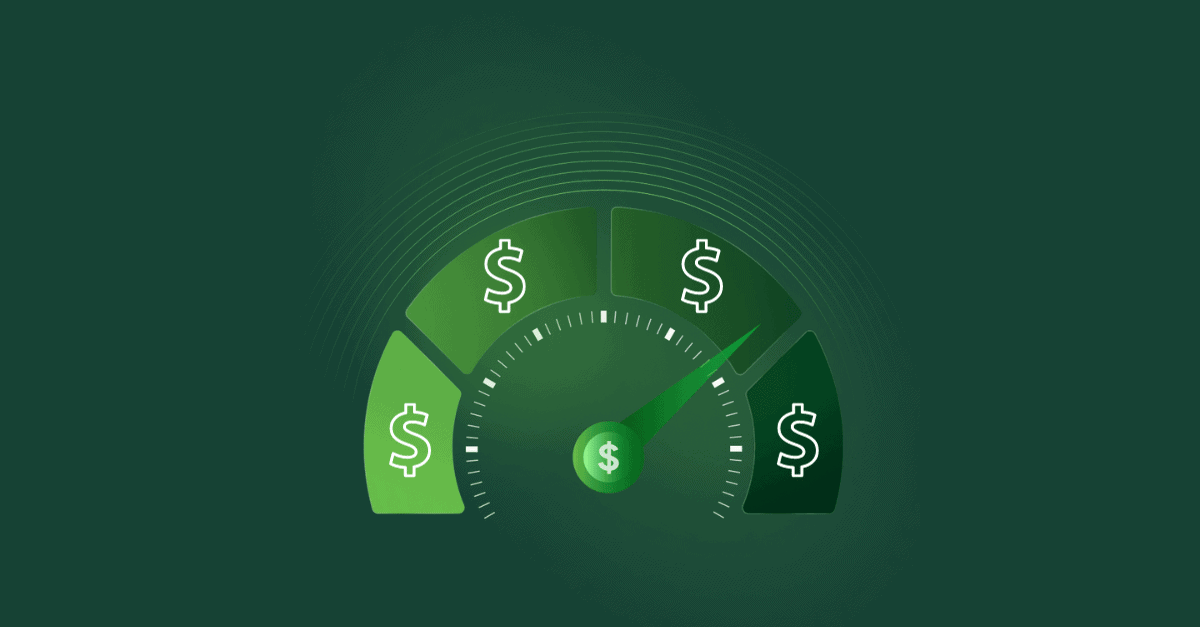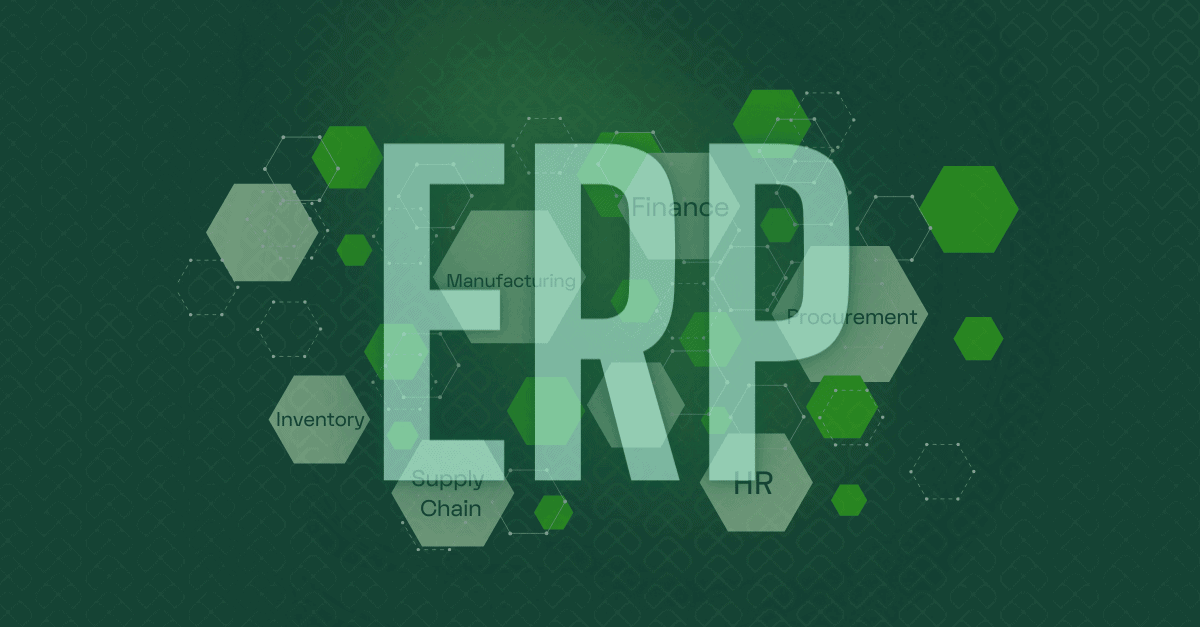Usage-based pricing, also known as consumption-based pricing, is transforming the landscape of the software-as-a-service (SaaS) industry. This pricing model allows customers to pay for a product or service based on their actual usage or consumption. While this approach was traditionally favored by telecom, utilities, and media/communications companies, SaaS businesses have largely relied on fixed subscription pricing for the past couple of decades due to its ability to create predictable recurring revenue. However, a paradigm shift is underway, with an increasing number of SaaS companies, inspired by industry leaders like Snowflake, Amazon, Twilio, and Datadog, embracing usage-based pricing models.
According to “The State of Usage-Based Pricing: Second Edition,” three out of five SaaS companies now incorporate some form of usage-based pricing into their offerings. This shift is driven by several factors, including a better alignment with customer value, economic considerations, and the rise of product-led growth. To truly grasp the implications of revenue recognition in the realm of usage-based pricing, it’s essential to explore the considerations, challenges, various pricing models, and the pivotal role of technology in this transformation.

Considerations for Usage-Based Pricing Adoption
The adoption of usage-based pricing introduces new considerations for businesses. These considerations encompass flexible pricing configurators, monitoring, measuring, metering, billing, and, crucially, revenue recognition. Accountants are at the forefront of this transformation, seeking systems that can adapt, ensure compliance, and facilitate a collaborative and proactive lead-to-revenue approach. Unlike the relatively straightforward subscription metrics managed with spreadsheets, consumption pricing introduces complexity due to usage variability.
Proper investment in technology and systems is imperative when transitioning to consumption pricing. This includes advanced metering and monitoring tools to accurately track and report usage data. When making the shift to usage-based pricing, businesses must consider technology as a strategic enabler for revenue recognition.
As Pricing Becomes More Complex, So Does Revenue Recognition
The days of “simple subscription revenue” are long gone. Modern software and service agreements have evolved to include trial periods, free-of-charge consumption allowances, usage-based tiered pricing, and short and long-term contracts with options to extend, renew, and rollover. This complexity presents a significant challenge when it comes to recognizing revenue for usage-based pricing. The intricacies arise from several factors:
- Inconsistency in customer or account usage: Customer usage can fluctuate significantly, making it challenging to forecast revenue accurately.
- Variable consideration: Non-fixed contracts require estimating the expected value or most likely amount to be earned.
- Monitoring and Metering service connectivity with billing and revenue recognition: Establishing a seamless connection between monitoring usage and revenue recognition systems is essential.
- Hybrid models make it difficult to determine when and how to recognize revenue: Many companies adopt hybrid models, combining subscription and usage-based pricing, which adds complexity to revenue recognition.
Recognizing revenue for usage-based pricing entails tracking and accounting for the amount of a product or service a customer uses and recognizing revenue in proportion to that usage. This approach differs from traditional revenue recognition methods that recognize revenue all at once, typically at the time of sale, or distributed over a period. Due to the variable nature of usage-based pricing, accurate revenue recognition relies heavily on the metering service usage data, adding complexity to the process.
Types of Usage and Consumption-Based Models
Usage-based pricing comes in various forms, each catering to different business needs. Some examples include:
- Time-based pricing: Charges are based on the time customers spend using the service.
- Consumption-based pricing: Fees are determined by the amount or volume of resources consumed.
- Tiered pricing: Different pricing tiers based on usage thresholds.
- Volume-based pricing: Pricing scales with the volume of usage.
- Peak loading: Pricing influenced by usage during peak hours or specific events.
- Event-based pricing: Charges are incurred for specific events or actions taken within the service.
- Pay-as-you-go pricing: Customers pay only for what they use.
Understanding these variations is crucial for selecting the most suitable model based on your business objectives. Hybrid models are also becoming more prevalent in today’s market, where a business may mix and match the above models to fit their individual use cases better.
How to Recognize Revenue for Usage-Based Models
With the introduction of judgment-based revenue recognition, companies have the opportunity to bundle or price offerings in ways that previously might have been challenging to recognize revenue separately for each offering. Separating revenue recognition from billing frequency becomes a critical consideration.
To better understand how to recognize revenue for different usage-based models, let’s examine a few challenges and solution examples for a few of the different types of usage-based models.
Challenge and Solution: Pay-as-You-Go Model
A pay-as-you-go pricing model is characterized by customers paying for the exact amount of a product or service they use, and it presents specific revenue recognition challenges.
Challenge: One of the primary challenges with pay-as-you-go models is recognizing revenue when customers pay only for what they use, and the sell price may be $0 initially. Traditional revenue recognition methods, which often involve recognizing revenue at the time of sale or over a specific period, do not align with this model. Additionally, many pay-as-you-go models include a slow ramp period as customers begin to adopt the services. This can create issues in forecasting as well as in determining the true transaction price of a contract.
Solution: To address this challenge, SaaS businesses should implement a solution that allows for intelligent revenue recognition in the context of a pay-as-you-go model. RightRev is one such solution that can accommodate the needs of this model. Here’s how to do it:
- Advanced Billing Systems: Utilize advanced billing and revenue recognition platforms that can accommodate pay-as-you-go pricing structures. These systems can handle the complexity of recognizing revenue based on actual usage, even when the initial sell price is $0.
- Variable Consideration: Pay-as-you-go models need to be evaluated to determine if variable consideration is required. Events such as overages and discounting/concessions may require the estimation of variable consideration in relation to a contract. An advanced revenue recognition platform can assist in estimating the need for variable consideration using either the “expected value” or “most likely amount” approach.
- Intelligent Recognition of Future-Dated Invoices: To overcome the challenge of billing in arrears, RightRev includes features that can recognize future-dated invoices. This enables the billing system to generate invoices while billing in arrears, aligning billing with revenue recognition even when the billing timestamp and recognition period differ.
- Usage-Based Accrual: In a pay-as-you-go model, usage and consumption drive the billing, and billing is based on arrears. It’s essential to have the capability to reserve or estimate usage and then reverse entries with final usage data. This usage-based accrual approach ensures that revenue is recognized accurately based on actual consumption.
Challenges and Solutions: Tiered Pricing
Tiered pricing models are a popular choice among SaaS businesses, offering flexibility and scalability. However, they also introduce their own set of challenges when it comes to revenue recognition.
Challenge: One of the key challenges with tiered pricing is determining when and how to recognize revenue as customers move across pricing tiers. For example, as a customer’s usage increases, they may transition from one tier to another, which often comes with a different price point. This dynamic pricing structure can complicate revenue recognition, as it’s no longer a straightforward process of recognizing revenue at the time of sale.
Solution: To address this challenge, businesses need to implement advanced technology solutions that can track and account for usage as customers move between tiers. Modern billing and revenue recognition platforms can automate this process by continuously monitoring usage and adjusting revenue recognition accordingly. By doing so, revenue recognition can be more accurately aligned with the customer’s actual consumption, ensuring compliance and transparency.

Additionally, it’s essential to establish clear revenue recognition policies and guidelines for tiered pricing scenarios. These policies should outline when revenue can be recognized based on customer movements across tiers and when any changes in pricing should be reflected in the financial statements. This level of clarity helps streamline the revenue recognition process and ensures that it complies with accounting standards.
Challenges and Solutions: Minimum Commitment and Overages
Minimum commitment and overages are common elements in usage-based pricing models, providing customers with a base level of service while charging them for any usage that exceeds this minimum commitment. These elements can present unique revenue recognition challenges.
Challenge: Determining when and how to recognize revenue when minimum commitments and overages are part of the pricing structure can be complex. The challenge lies in recognizing revenue for the minimum commitment separately from overages, as these components are often billed and recognized differently. Failure to do so accurately can lead to revenue recognition discrepancies.
Solution: To address this challenge, businesses should establish clear revenue recognition policies and guidelines that separate minimum commitment and overages. This separation is essential to ensure that revenue is recognized correctly for each component.
Advanced billing and revenue recognition platforms can automate this separation by tracking and categorizing customer usage based on minimum commitment and overages. This automation streamlines the revenue recognition process, reducing the risk of errors and ensuring compliance with accounting standards.
In summary, understanding revenue recognition in the world of usage-based pricing models is crucial for SaaS businesses looking to thrive and stay competitive. Accurate measurement of usage, meticulous metric tracking, and the implementation of modern technology solutions, including billing and revenue recognition platforms, can streamline billing processes, optimize revenue recognition, and ensure compliance. By carefully considering your offering, target audience, monetization strategy, and pricing flexibility, your SaaS business can harness the power of usage-based pricing to generate predictable recurring revenue. With a solution like RightRev, you can embrace the complexities of usage-based pricing, for within them lie opportunities for growth and innovation.




